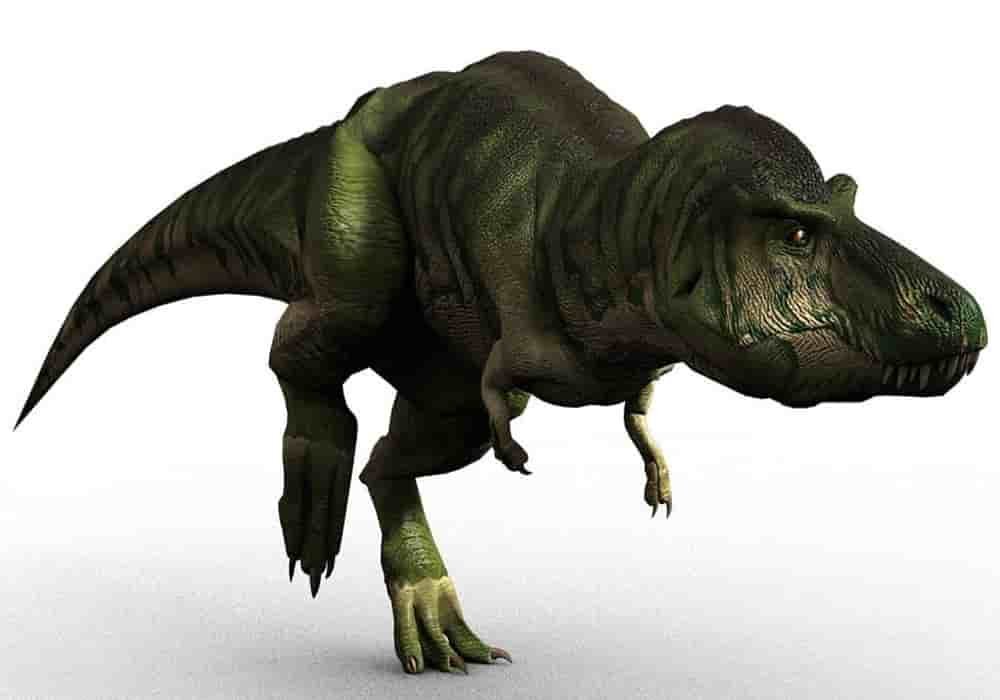Chimera Genetic
Scientifically and genetically, a chimera is an organism made up of two or more varieties of cells with different genetic origins.
Some humans carry two DNAs within them. We thought they were extremely rare, we discover that it is quite common. What does this change for forensics and for the definition of identity?
It is extremely rare and difficult to know the cause.
What is chimerism?
Chimerism was originally described for plants. The advent of human genetics has shown that cases of chimeras were possible in humans and could occur in the event of a dizygotic twin pregnancy, that is to say for fraternal twins. Identical twins, called monozygotic, necessarily have the same genetic heritage.
This phenomenon is much more frequent following the use of medically assisted procreation methods without the reason being known.
Chimerism is linked to an anomaly that occurs very early, probably when the embryos of a dizygotic twin pregnancy are only at the stage of a few cells. Dizygotic twins are the result of double fertilization, which should have resulted in the birth of two newborns.
Extremely rare, it happens that the two eggs merge and that the development of a single embryo continues normally while keeping two different genetic heritages between the cells depending on whether they come from one or the other of the eggs.
The fetus will thus have certain parts of the body with a given genotype and the rest characterized by another genotype, close but similar to that of a close relative.
Another cause is possible
It sometimes happens that abnormalities in the division of embryonic cells are the cause of different genetic heritages within the same individual. To understand, we must go back to the original pattern of prenatal development.
When a child is conceived, its genome, i.e. all the alleles and genes it will possess, is formed from a cell from the mother (the embryo) and from a other its father (the spermatozoa) resulting from meiosis. The fusion of these two elements will allow it to have 46 pairs of chromosomes in each of its cells.
During the development of the fetus, the cells will divide by two, then by four, etc. This is called mitosis. At each of these divisions, there may be “errors”. Suddenly, a cell can end up with not 46 chromosomes, but 45 or 47. If there are too many, the cell dies, but if there are fewer, it is not automatic. This is what happens, for example, in individuals – often female – with Turner syndrome (45, X0) for some cells and normal for others (46, XX).
Sometimes the damage can be more limited to a part of a chromosome or even at the level of a gene, and it is as if one of the genes had been lost in the battle.
Consequences of the chimerical
Chimerism abnormalities are mainly observed in the placenta or sexual organs. But in reality, it can affect only certain organs of the human body or only certain cells.
Chimerism can also affect other cells, in particular those present in the bone marrow, the hematopoietic cells including the red blood cells which determine the blood type.
The individual will therefore have cells that may have different characteristics and in particular express different proteins or antigens, such as those of the blood group.
If this man does not have the same blood group as his son (the man is A and his son is AB), it is certainly linked to the fact that having two different genetic heritages, he has blood cells of group A , but that his sperm, which carries another gene, is type B.
1 or 2 cases in 6,000 individuals
Cases of chimerism are often highlighted during amniocentesis, a prenatal diagnosis where the amniotic fluid in which the fetus is found is removed. We then discover that there are two types of cells with a different genetic heritage.
It is important not to confuse chimerism with in vitro culture abnormalities which occur more frequently and which are related to the artificial culture of cells in the laboratory.
Cases of chimerism are very rare. Out of 6,000 deliveries per year in our maternity ward, we only observe about 1 or 2 cases of chimerism. Cases of chimerism from twins discovered in adults are even rarer, although the actual frequency is actually unknown.
Chimerism can reveal itself many years later. It can be discovered during an infertility assessment, in the event of blood group determination or when an assessment is made for an intra-family transplant.
Chimerism poses no danger
In itself, chimerism does not represent any danger for the individual. It has very little influence on other organs and therefore rarely identified.
It is even probable that cases of chimerism are more frequent than one would think.
Examples of Chimera on cat and human
Chimera cat
The Chimera cat is one of the most interesting cats in the feline world due to its perfectly symmetrical two-tone face. Simply put, they have two different hues on their face and/or body, which are often separated in a weirdly straight way. Chimeras behave like any other domestic cat.

Human chimera
In real life, most chimeras are unaware that they are. An incident sometimes comes to reveal their duality. In 2002, the American Lydia Fairchild requested financial assistance from the State of Washington. A DNA test follows, standard procedure. Result: it is declared that his children are not his and the young woman is dragged to justice for fraud on social assistance. During the proceedings, the prosecutor stumbles upon an article from the New England Journal of Medicine, which tells a similar and puzzling story. This time it’s a wealthy Bostonian, Karen Keegan, who undergoes a compatibility test for a kidney transplant and is revealed that two of her children are not hers. Would the hospital’s maternity unit have swapped the babies? Would Karen be an adoptive mother without knowing it? A few tests later, the mother discovers that she is a chimera. Like Lydia, she has a double genome because she fused in utero with her twin…
“A chimera can develop in two ways. One is, so to speak, minor: it is the transfer of genetic material between mother and fetus. The placenta is made to prevent these exchanges, but it still happens quite often. Swapped cells continue to reproduce, and you end up with chimerism in the blood. This may exist in everyone. We would all be chimeras… That’s the ordinary side, pedestrian, as the Anglo-Saxons say. The real, the beautiful chimera, are fraternal twins merging. If this fusion is done well, each organ is a mixture of the two. If it is uneven, it will affect a small part of the individual, one or two organs”.
Plants chimera
A plant can consist of two genetically distinct types of cells.

Sources: PinterPandai, Britannica, Insider, New Scientist



